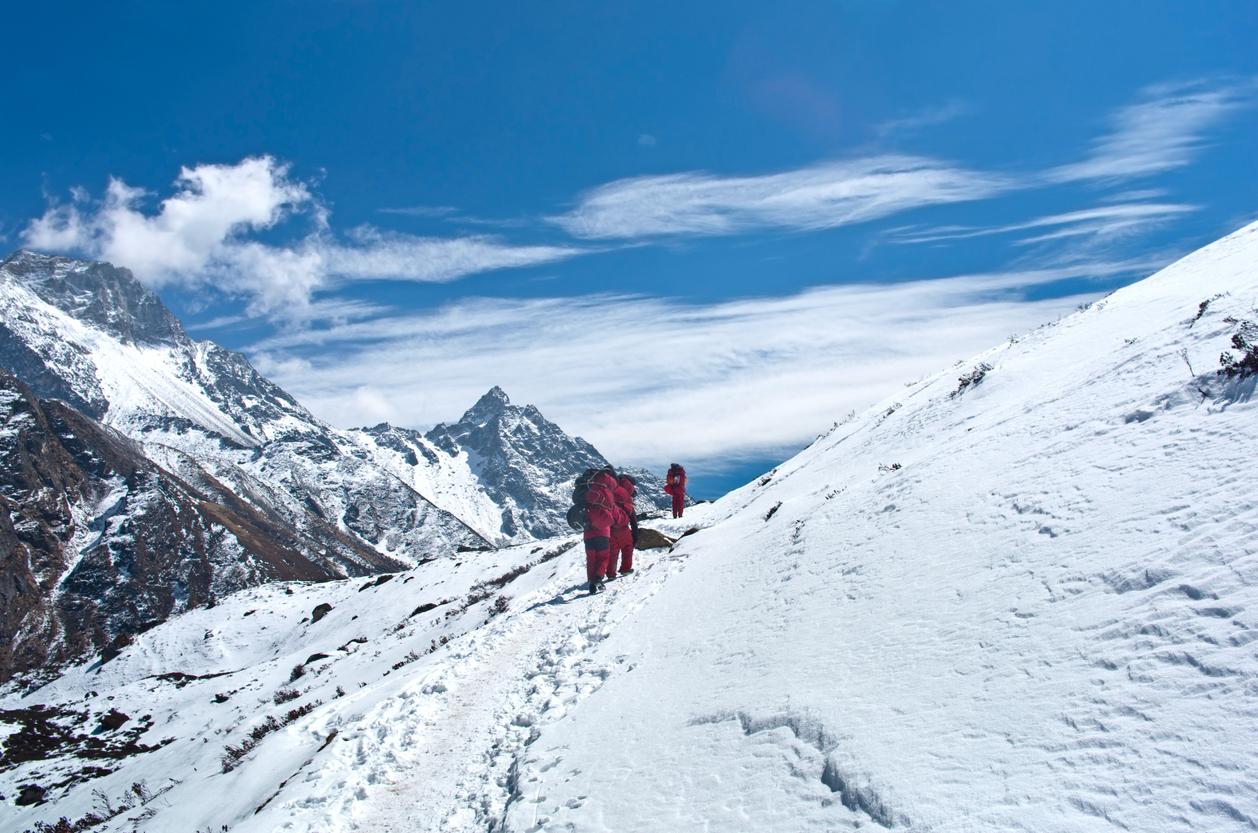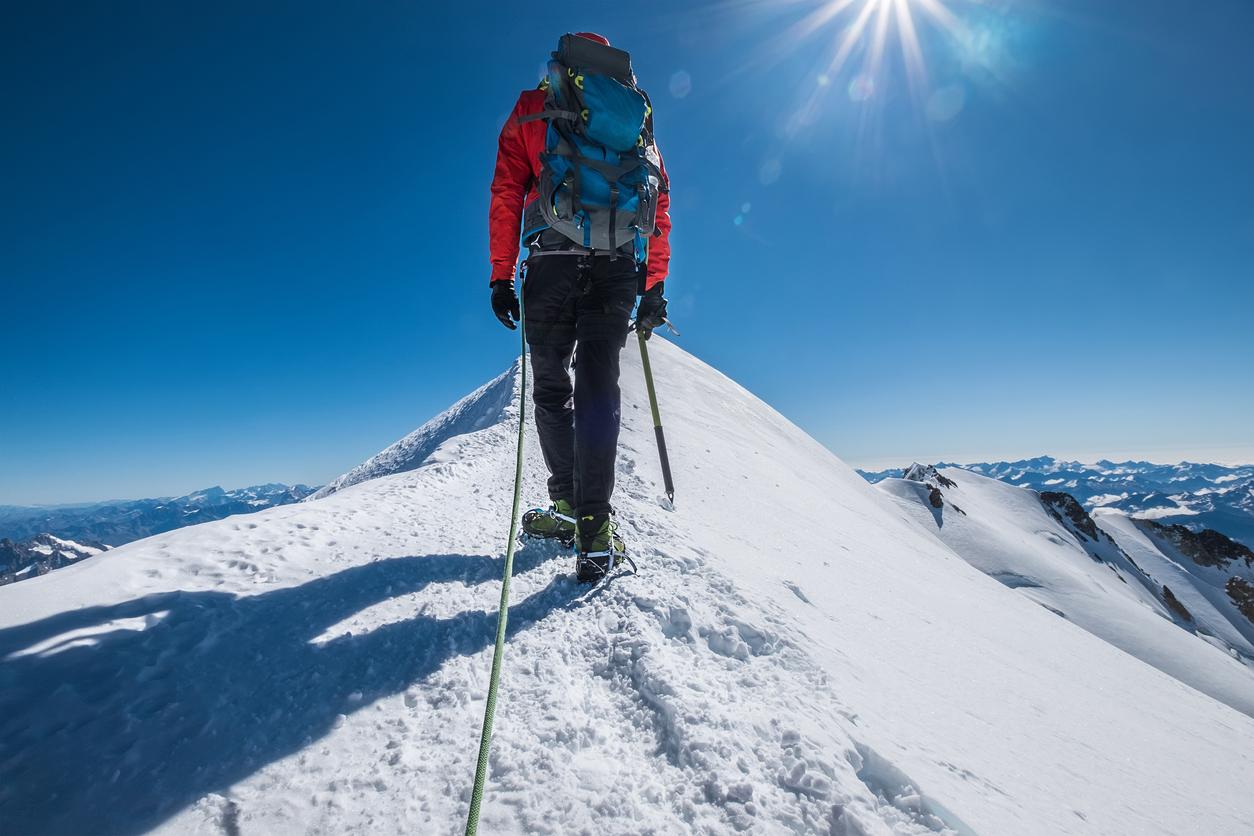
Shortness of breath, headache and nausea
Mountain areas are popular with many people as a holiday destination. The surroundings are beautiful and the sporting possibilities are endless: skiing, climbing, hiking. In the mountains, the air is much thinner and there are also large temperature differences. Altitude sickness is then lurking, especially with great efforts.
Altitude sickness can occur if you go to an altitude of more than 2,500 meters too quickly. It’s a signal from the body: don’t go any higher. If you ignore this signal, it can lead to serious complaints. Altitude sickness is actually the result of a lack of oxygen.
Oxygen
The higher you go in the mountains, the less oxygen there is in the air. Your body adapts to this: changes occur in the body from 2500 meters. You will breathe more deeply and make more red blood cells. Above 3000 meters, your heart rate usually also increases.
Not everyone suffers from it. Sometimes the symptoms can also occur at a lower altitude. The sensitivity varies from person to person. It is not known why some people get altitude sickness and others don’t.
Symptoms
The main symptoms of acute altitude sickness are
- short of breath
- headache
- nauseous
- bad sleeping
- decreased appetite
- dizziness
- clumsiness
- fluid buildup around the ankles
If you ascend even further and ignore or suppress the symptoms of mild altitude sickness, you could develop a severe form of altitude sickness. The headache and shortness of breath will get worse. In addition, you may become unsteady on your feet, have difficulty speaking and need help with eating and dressing. There is then a risk of fluid accumulation (oedema) in the lungs or brain. Both carry great risks and can even end up in a coma or death.
The most common symptoms of pulmonary edema are shortness of breath, coughing, coughing up pink or white foamy mucus and hemoptysis. Brain edema can be recognized by severe headache, confusion, balance disorders, abnormal behavior and hallucinations.
To treat
No further ascent is most important if symptoms of altitude sickness occur. Take rest until the symptoms disappear. If this does not happen within a few days, descend to an altitude where you had no complaints. Bee headache can you take paracetamol? If necessary, oxygen and medicines can be administered.
Medicines are a last resort if other methods do not help. The medicines do not guarantee that you will not experience any problems and they mask symptoms. As a result, you may be taking more risks than is healthy for you. The use of medicines, both to treat and prevent altitude sickness, is always in consultation with a doctor.
Appearance
Good preparation is very important to prevent altitude sickness. Make sure you are in good shape and do not go into the mountains untrained. In addition, take time to acclimatize and try not to climb more than 300 meters per day above 2500 meters. drink more than 3 liters per day, avoid alcohol and eat enough carbohydrate-rich food.
Sources):
















